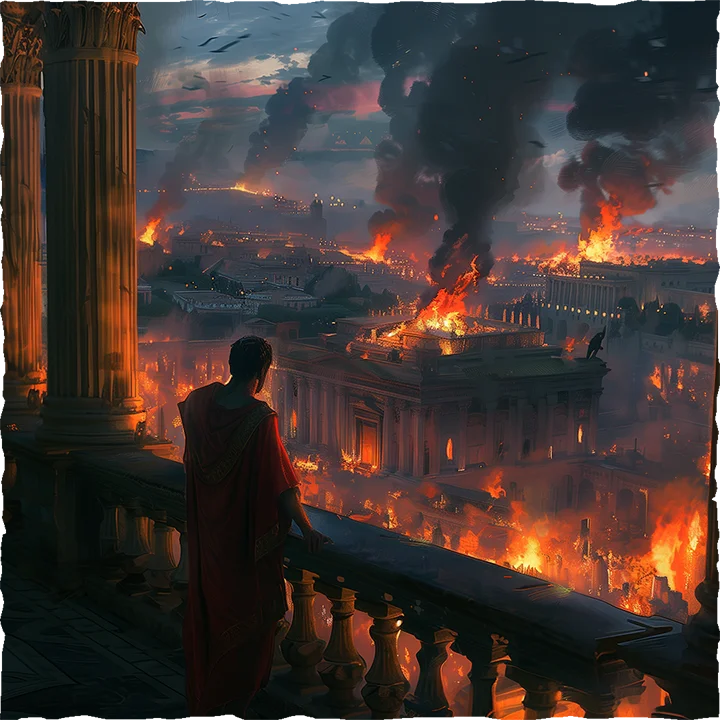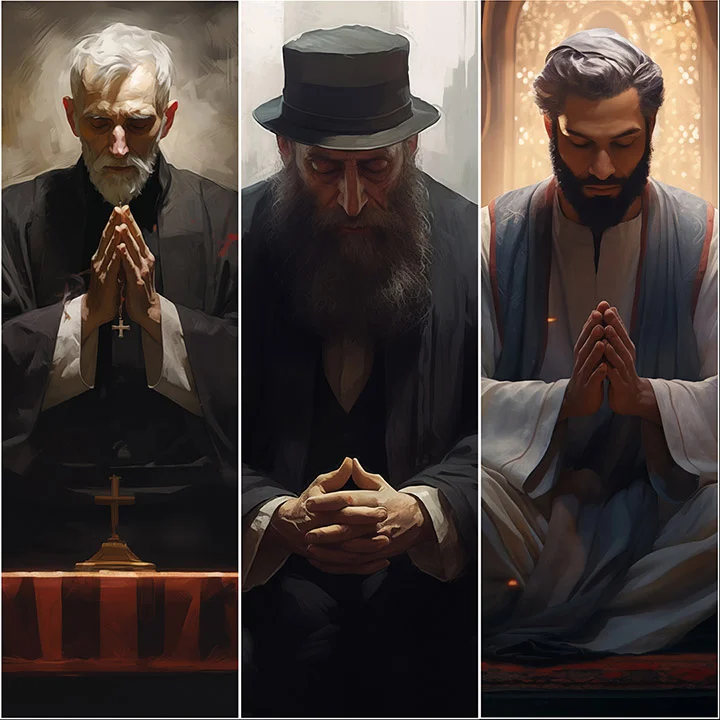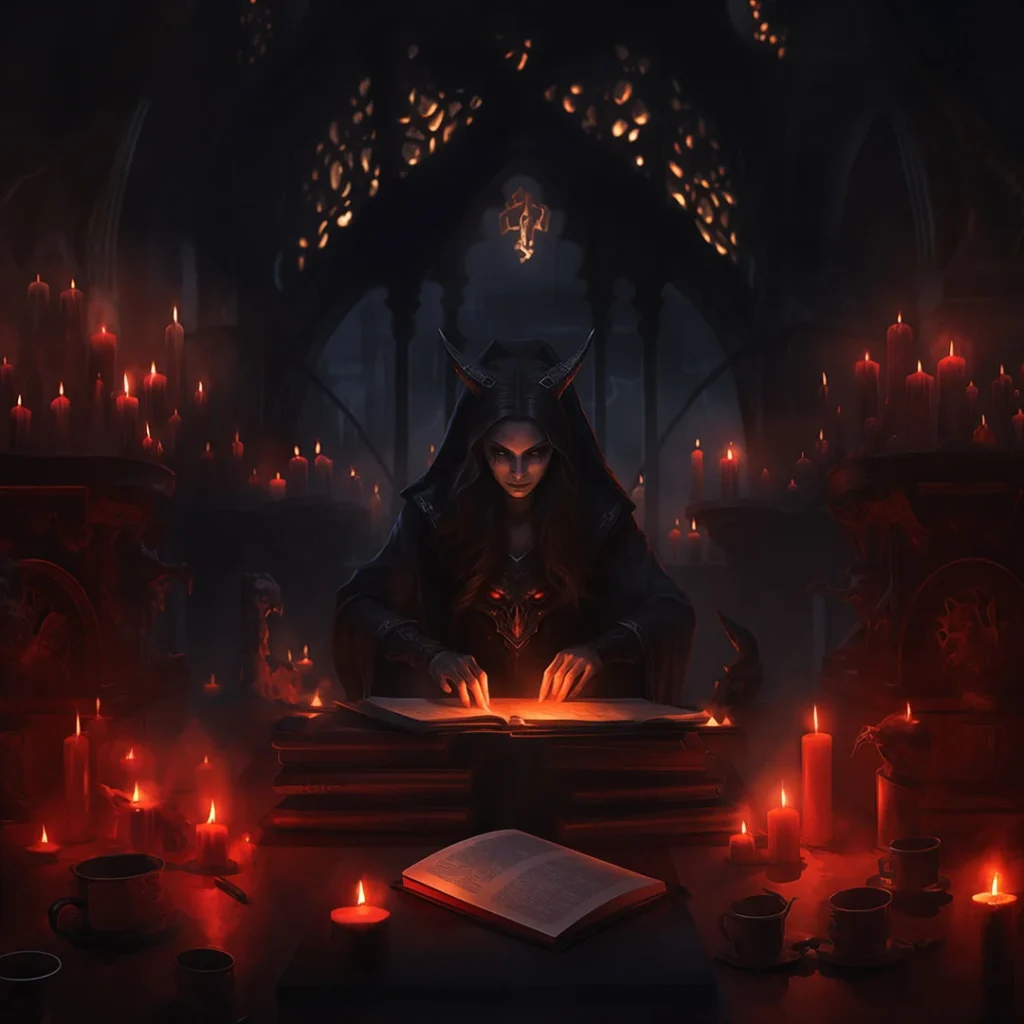The Foundation of the Church
The Perfect Scapegoat



Divine Revelation

Christian Champion or Pagan worshipper?



Cult of the Sun God

Now the scriptures are clear: “You shall have no other gods before me” and “You shall not make for yourself an idol, or any likeness of what is in heaven above or on the earth beneath or in the water under the earth.” (Exodus 20).
Plus, Jesus himself told us in Matthew 15.3 when confronting the pharisees “Why do ye also transgress the commandment of God by your tradition?”
So, shall we compromise his teaching to attract more people to him? Or should we purely follow the Gospel revealed to us by our Lord Christ?
- Seek more knowledge -
Join our covenant
And March Down With Us On the Battlefield
The Perfect Scapegoat


Divine Revelation


Christian Champion or Pagan worshipper?

A true champion of Christian faith who served Christ and ended a century long oppression cycle.
That’s what we’re told about Constantine “The Great”.
But is it entirely true? Was he really totally devoted to the God of Abraham?
Or did he merely use this new religious movement to strengthen his hold on a divided empire?
When we take a closer look, there are some pretty alarming details that stand out.
I mean, would a true Christian parade his brother-in-law’s head through the city square?
Yes, you heard that right, Maxentius was the brother of Constantine’s wife.
But what about the Arch? It was made as a testament to Christ’s mandate, right?
Think again! There is zero Christian iconography on it.
No cross, no Chi Rho, no nothing… On the other hand, we got:

Divine Revelation

Despite these speculations, one fact remains.
Life became easier for Christians, and Constantine stance is what led Christianity to become the official religion of the Roman Empire.
The question we should have instead is – Did his pagan belief corrupt the initial message of Christ?
Well, have you heard of syncretism?
It’s a practice that involves modifying religious dogmas to match local cultural beliefs.
By doing this, you basically tailor the message to the population to convert them.
Kind of what some churches do today by being pro-LGBTQ and such.
It might have happened with Constantine.
Remember his obsession with Apollo?
Well, at the time there were 2 other important religious movement in the empire.

Now the scriptures are clear: “You shall have no other gods before me” and “You shall not make for yourself an idol, or any likeness of what is in heaven above or on the earth beneath or in the water under the earth.” (Exodus 20).
Plus, Jesus himself told us in Matthew 15.3 when confronting the pharisees “Why do ye also transgress the commandment of God by your tradition?”
So, shall we compromise his teaching to attract more people to him? Or should we purely follow the Gospel revealed to us by our Lord Christ?
- Seek more knowledge -
Who is behind this Satanic Agenda?
Join our covenant
And March Down With Us On the Battlefield
The Perfect Scapegoat


DIVINE REVELATION


CHRISTIAN CHAMPION OR PAGAN WORSHIPPER?


CULT OF THE SUN GOD


Now the scriptures are clear: “You shall have no other gods before me” and “You shall not make for yourself an idol, or any likeness of what is in heaven above or on the earth beneath or in the water under the earth.” (Exodus 20).
Plus, Jesus himself told us in Matthew 15.3 when confronting the pharisees “Why do ye also transgress the commandment of God by your tradition?”
So, shall we compromise his teaching to attract more people to him? Or should we purely follow the Gospel revealed to us by our Lord Christ?
- Seek more knowledge -
Seek more knowledge
RELIGION

NEW WORLD ORDER

THE WORLD

THE OCCULT

Join our covenant
And March Down With Us On the Battlefield

